
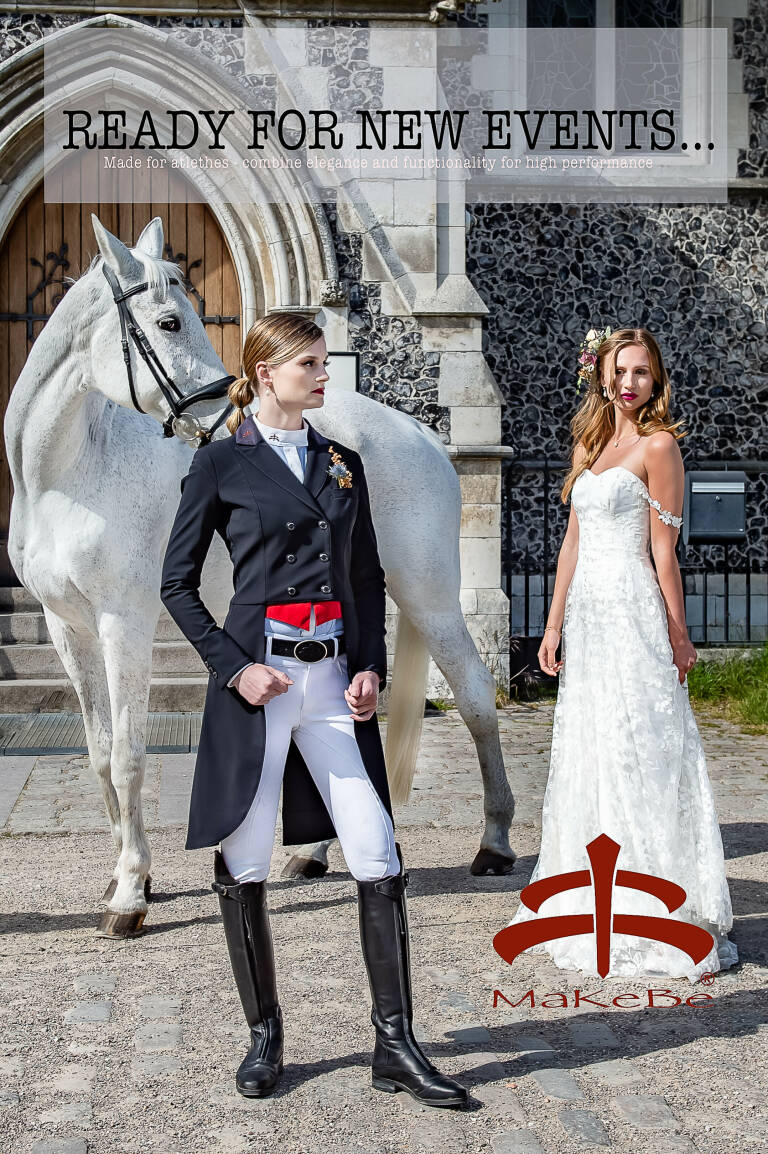
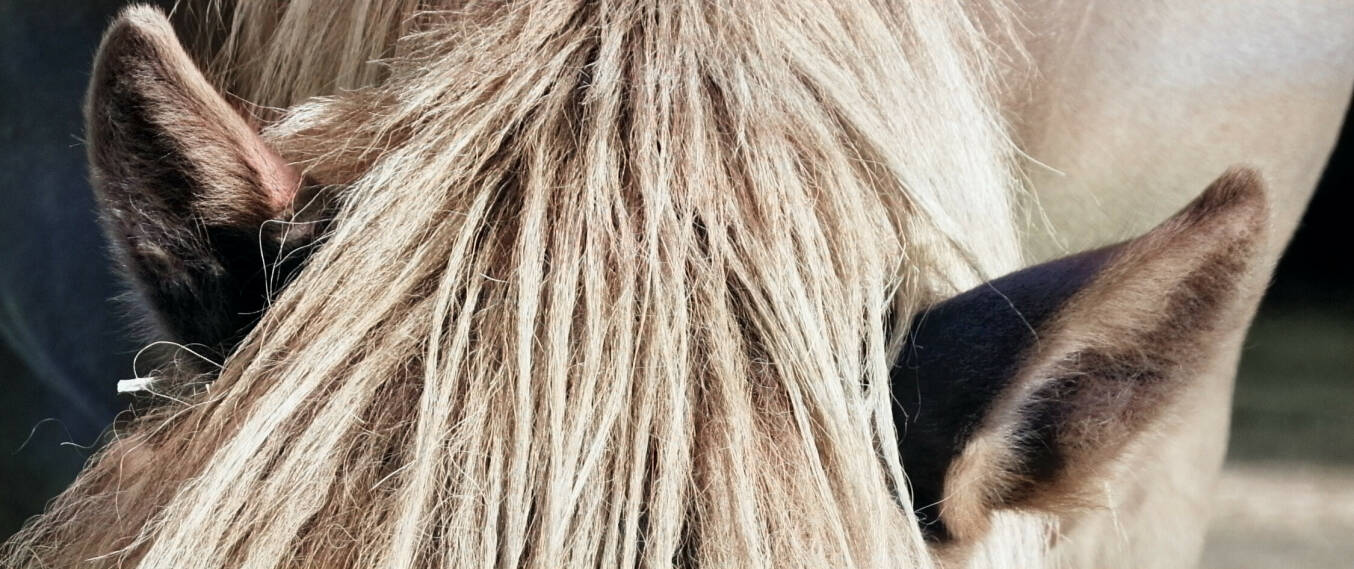
Horses and music
There are few studies on what music does to horses, but perhaps music has a positive effect on horses, just as it does on other animal species. Classical music has been shown to increase milk production in cows, and studies have shown that acoustic guitar has a calming effect on racehorses. Some music can be calming in stressful situations, such as during long commutes - perhaps because it muffles other loud sounds that seem stressful.
What can we do?
Based on how much we use horses in our spare time, Maria Rørvang believes that there is a need for more knowledge about the horse's sensory abilities. It has been proven that the horse’s breed and genetics also play a role in relation to the horse's sensitivity, just as horses also have a high degree of individual personality and temperament. Thus Maria Rørvang also underlines that; "The horse's senses have a decisive influence on the horse's performance, how it is affected by environmental disturbances, and how sensitive they are to their surroundings."
We need to get better at considering what we do in everyday life and whether there is anything we can change in our dealings with the horse: Should we avoid too much light or noise in the stable? Should we avoid deodorant when we are with the horse? Perhaps we should let the horses smell each other’s manure when introducing a new horse? Maybe there are other things we need to consider for our horse to feel as good as possible? No two horses are the same, so it requires that you know your horse well - but that is also the charm of working with horses.
The next time your horse spooks, try to consider what it is the horse perceives that you have overlooked? Has it seen anything before you've even spotted it? Is it maybe a sound you cannot hear or a smell you cannot smell yourself? Maybe your horse is scared for a good reason because it perceives things differently from us?
“Knowledge about the horse's senses is a matter of welfare and safety, and it impacts all our interactions with the horses,” Maria Rørvang concludes.
Foals are sensitive
Foals are very susceptible to impressions, and if you want the foal to recognize a particular person better, you should refrain from using deodorant and perfume. The foal learns to associate our smell with a positive experience, and the scent helps calm the foal and be more comfortable dealing with a particular person.

The sense of taste
The horse's sense of taste is closely related to the importance of smell, but we do not yet know whether horses can associate scents and flavors in the same way as humans. Horses can (just like humans) taste the flavors; sweet, sour, salty, and bitter - but all other senses of taste come from the sense of smell. Like other grass-eaters, horses have a very individual reaction to a unique taste, Maria Rørvang states. Horses are very selective about where they graze because they have a wide range of flavors available, and they carefully select what type of grass they want to eat. This feeling is often lost when the horses are stabled. In general, the taste affects the horse's acceptance of the feed, impacting the time it takes to consume the food. Still, when you compare the taste, smell, and nutritional content, nutrition is the decisive factor in the horse's preferred choice of diet.
Touch
The skin is the largest organ on the horse and thus also the largest sensory organ. The entire surface of the horse's body is a sensory organ with feeling. This is important to keep in mind, and Maria Rørvang underlines, "When we interact with horses, we use touch, encoded in all our dealings with horses." Whether we train from the ground or ride, we always touch the horse. We ride it and put a saddle on it, and we expect the horse to get used to pressure from the girth - while at the same time being sensitive to pressure from our legs in almost the same area. The sensibility is exceptionally high in the horse’s face, particularly around the eyes, lips, nostrils, and mouth. Therefore, the horses can be more sensitive to pressure from the reins than from our legs or be more sensitive when using a tight noseband. Maria Rørvang also highlights, “Many equestrians have learned that we must tighten the noseband if the horse is difficult to control, but there is a limit. If we keep tightening, we close the horse’s mouth and prevent the horse’s natural behavior.”
Using tactile stimulation can be positive or negative; Maria Rørvang states, "Most horses love to be rubbed, and foals, particularly, like to be touched. Scratching can be the way to do it. Touch is a great reward for the horse.” If you want to use touch as a reward and want it to be perceived positively, you must be aware of the individual horse's preferences about where it likes to be scratched. Massage can also have a distinctly good effect on horses and help reduce stress. But keep in mind that the horse’s sensitivity varies according to where on the body it is.
Like many mammals, horses have sensory hair around their muzzle, but few studies have examined their role. The hairs are counted as sensory organs and act as small antennae. The horse's eyes are located on the side of the head, and horses cannot see what is right in front of them – therefore, the sensory hairs help to "see.”

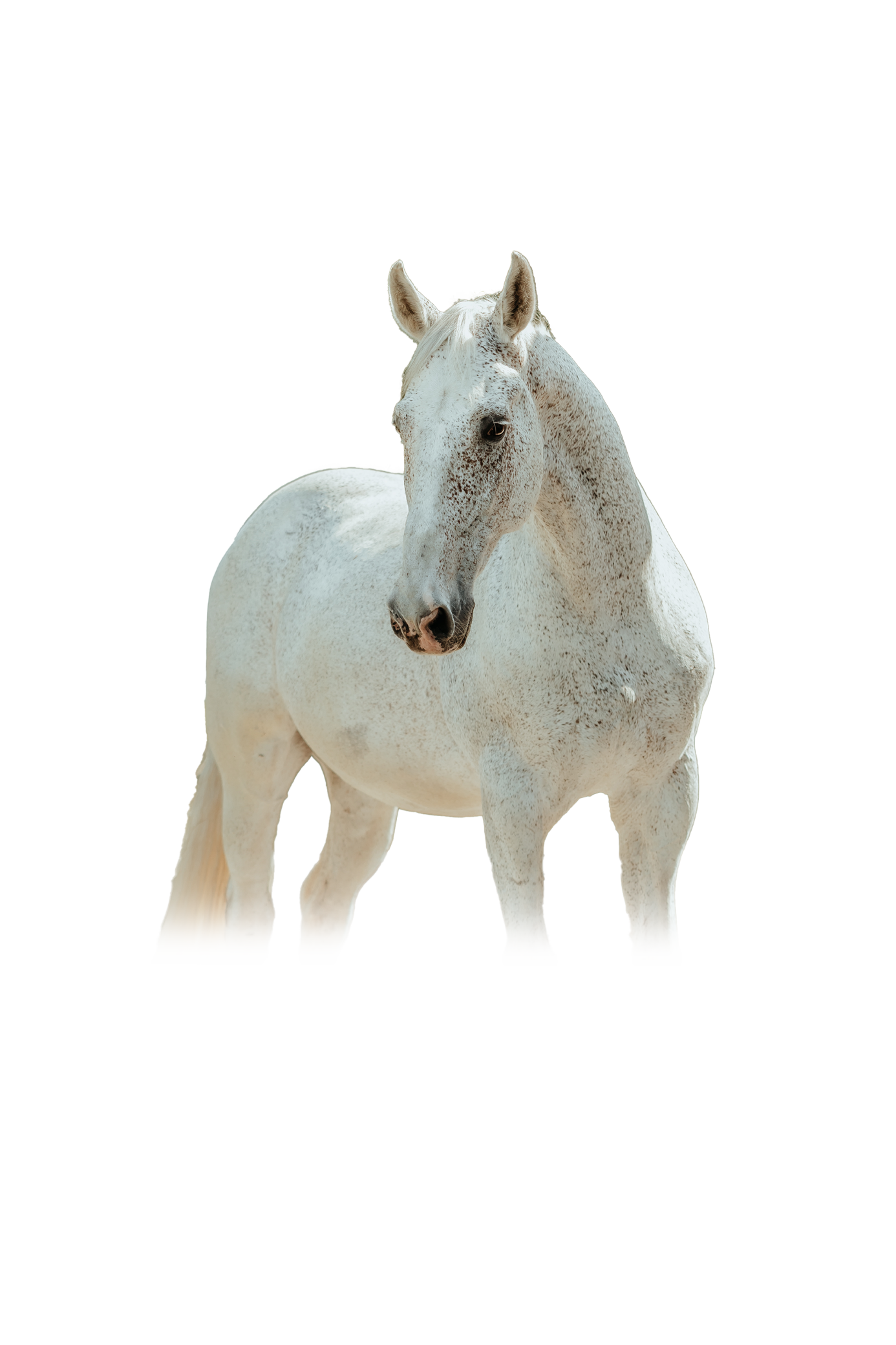
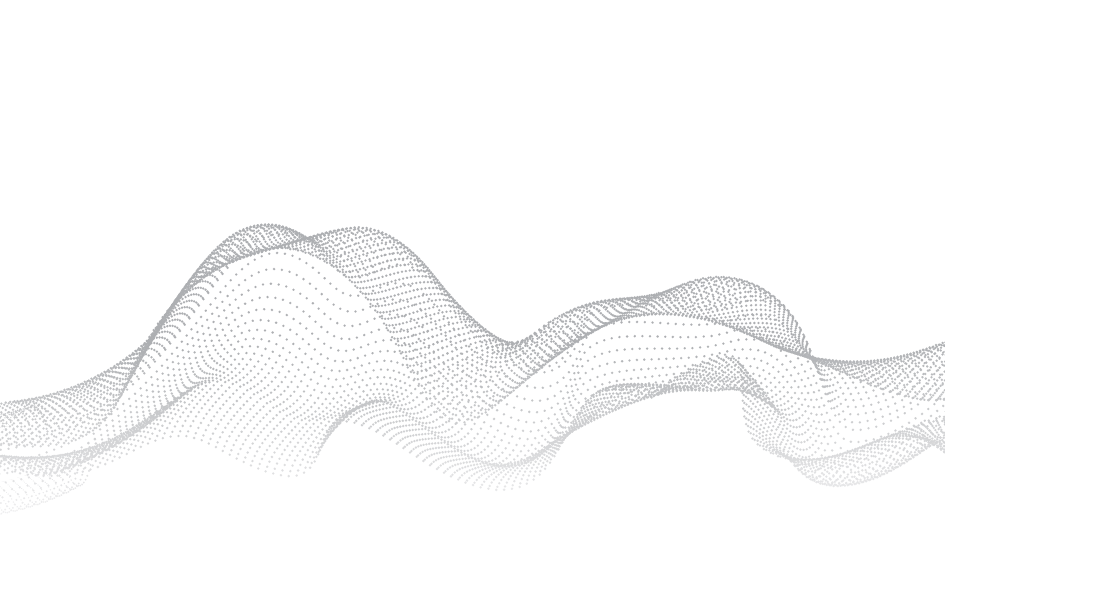
Horses can distinguish between scents
During her research, Maria Rørvang, along with a larger group of scientists, studied the horse's ability to distinguish between different scents. In the study, 35 Icelandic horses were presented with four different scent samples containing; peppermint, orange, lavender, and cedar tree. The researchers observed each horse's response, which varied quite a lot. It varied between; licking, biting or backing away from the scent sample. Young horses and foals smelled the cedar tree for longer than the old horses, and pregnant mares smelled the lavender for a shorter time than mares that were not pregnant. The interest in the different scents varied with the horse’s age and gestation, while the sex of the horse had no meaning.
The result showed that the scents seemed to impact all the horses and that they could perceive and distinguish between the four different fragrances. Especially in the peppermint sample, the horses showed more interest than in lavender and cedar. Several of the horses tried to lick the sample, indicating that the horse can associate a scent with a taste.
Sense of smell
The horses’ large lungs can hold much air, and as their nostrils sit on both sides of their head, they can pick up scent molecules from both sides. Only a few studies have examined the horse's sense of smell, primarily focused on reproduction and social recognition. Horses have an extra organ for the sense of smell, and there are many indications that the horse uses the sense of smell to recognize each other by the smell of their manure, Maria Rørvang explains. The horse can use this ability to assess how it should react to other horses in the herd. Therefore, if you have to introduce a new horse to your herd, Maria Rørvang recommends that you let the horses sniff each other's manure before letting them out together.
Although stallions are good at differentiating the smell of mares, research suggests that they cannot smell if the mares are in heat; there are other behavioral signs, which are much more evident, Maria Rørvang explains.
The horse's sense of smell can also influence the horse’s emotions, as the horse's olfactory organ is connected to brain areas associated with social and emotional behavior. Researchers have surprisingly discovered that the horse's organ of smell sits just below the hair whorl in the horse's forehead, and it is believed that the sense of smell impacts the horse's memory, behavior, and learning. Perhaps there is still some truth in the old stories that the whirl affects the horse's behavior, Maria Rørvang adds.

Hearing
The horse's hearing is far more sensitive than that of humans. A horse has large ears that can move all the way around and help pick up sounds from all directions. The horse's ears work in close interaction with the eyes, and usually, when the ears point forward, their eyes also focus in that same direction. However, a horse also has the ability to listen and look in two different directions at the same time. A horse is not particularly good at perceiving exactly where the sound is coming from but good enough to know which way to run.
Maria Rørvang explains that horses' sensitive hearing can pick up sound frequencies of 55 to 33,500 hertz compared to 30 to 19,000 hertz in humans. Because of this, she underlines, "Horses can hear loud noises that we cannot perceive. They cannot hear deep tones, and they may not be able to hear if you speak in a low pitch. On the contrary, the horse can react if it hears unfamiliar sounds that we cannot hear."
Noises
Noise can be explained as loud or disturbing sounds. If there is constant noise, it can, according to Maria Rørvang, cause stress and behavioral changes. We know what we humans perceive as noise - but we do not know what horses perceive as noise. A sudden shrill sound can make the horse tense and stressed. Thunderstorms or fireworks can frighten a horse, especially if it is in a stable or a small paddock, where it cannot escape from the terrifying sounds.
To this, Maria Rørvang points out that what we often describe as problem behavior in the horse might be caused by the fact that the horse is hearing things that we do not;
"Studies have shown that the horse can recognize a person based on the voice, even if it cannot see the person. This suggests that the horse uses multiple senses together - both the hearing and the sense of sight. Horses may also use their sense of smell for recognition, but this is something that has not yet been proven.”
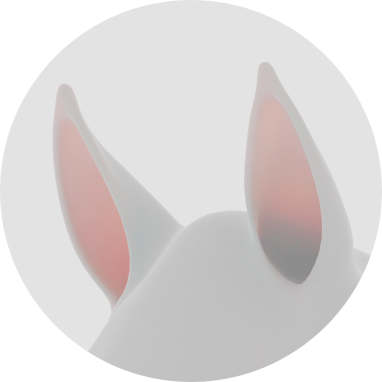

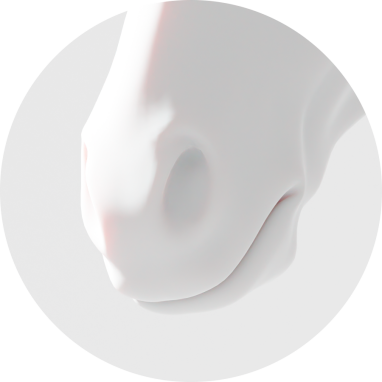
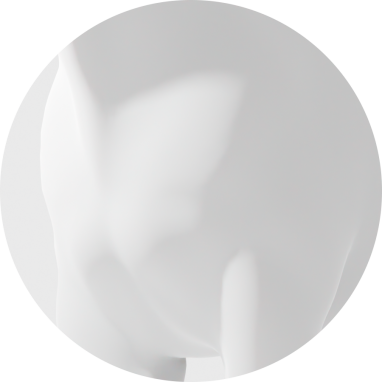
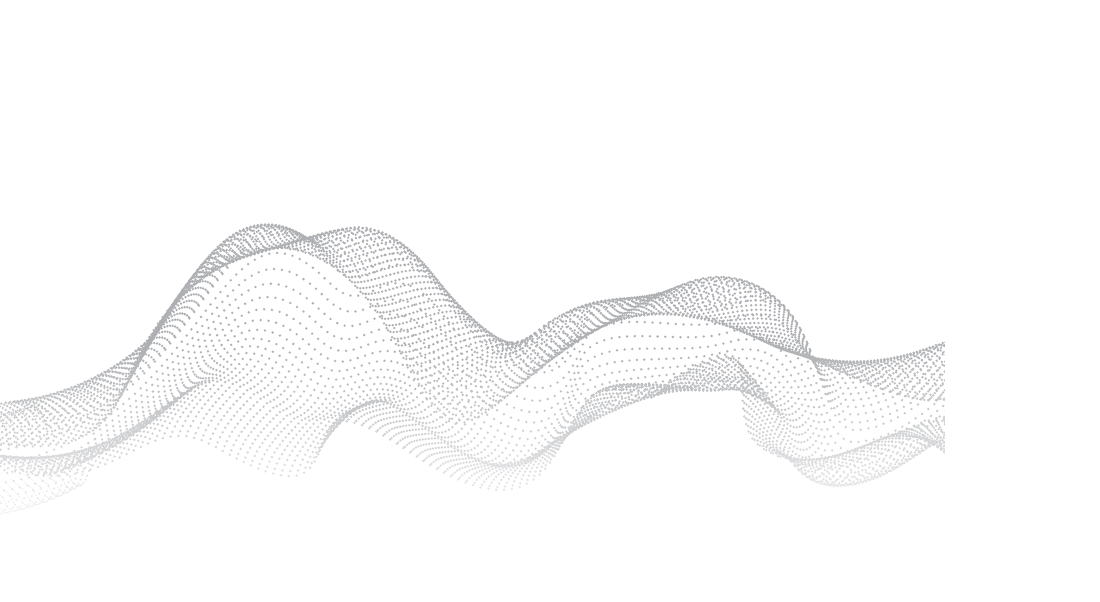
Horses are often described as sentient and sensitive, but studies about the horse's senses are very sparse. According to Maria Villain Rørvang, MSc. Ph.D. in equine behavior from the Swedish University of Agriculture, the research is primarily focused on sight and hearing. At the same time, the horse's ability to smell and feel has only been studied very sparingly. In collaboration with two other researchers, Maria Rørvang has investigated more than 180 studies to understand what we know - and more precisely, what we do not know about how horses perceive the world.
The senses affect the behavior.
"The horse's ability to sense influences behavior and well-being and it is important to consider this when planning how we approach the training,” says Maria Rørvang. She continues to explain, "When the horse perceives its surroundings differently than us humans do, it can contribute to the fact that the horse's behavior might not match what we humans expect from the horse.”
There can be two primary advantages of gaining more knowledge about the horse's senses. It can help understand the horse and thus reduce the risk of dangerous situations occurring. But it can also tap into untapped potential by using the horse's senses in many practical cases where humans interact with horses.
"In light of the increased focus on the horse's welfare, the horse's senses form the basis for all our interaction with the horse," Maria Rørvang explains. The horse's five senses - sight, hearing, sense of smell, taste, and touch - are all essential for a horse’s survival and how the horse gets information about its surroundings. Maria further underlines the fact that horses sense differently than us. We should keep this in mind; "Us humans basically think that horses can do the same thing as us, and there are also areas that overlap - but in most areas, we perceive things completely differently. Therefore, it is crucial to understand the importance of the horse's senses and that we are aware of the difference between horses and humans," she explains.
The sight of the horses
The horse's eyes are one of the largest among mammals, and their eyes sit on either side of their head. The horse's pupils can dilate, which gives them an excellent ability to see in the darkness. The horse has a panoramic view, which allows it to look around itself while it can only sparsely look ahead of itself.
"Horses are developed to scan the horizon and always react to the slightest change. However, they cannot see details, which may explain why they react so easily to potentially dangerous things that suddenly appear," Maria Rørvang explains. The position of the horse’s head and neck affects the horse's ability to see, and therefore, a horse usually has to either lift, lower, or turn its head to focus on something. However, research has shown that horses can move their eyes and, in this way, compensate for the head posture - even when ridden in a 90-degree position. This exact fact is crucial to include in the debate about the horse's head position in dressage classes; Maria Rørvang believes; "If the horse is ridden in a position less than 90 degrees, the horse's field of view will no longer be parallel to the ground, which will ultimately limit the horse's vision", she explains. Maria Rørvang continues and says, "Horses who jump, on the other hand, often have more freedom to choose the preferred position of their head to handle the obstacles in the best possible ways. But their limited frontal vision can be one of the reasons why the horses sometimes fail at obstacles that are placed close to each other.”
In addition to this, it is beneficial to acknowledge that horses have an impaired ability to distinguish between different colors, especially red and green, in the same way as colorblind people. Therefore, Maria Rørvang explains, "You have to be aware of this when choosing colors for jumps, as the jumps do not look the same for the horse as for the rider.”
Text: Merete Haahr // Photo: Maria Rørvang // Source: Maria Rørvang et al.: Sensory Abilities of Horses and Their Importance for Equitation Science (2020), and an interview with Maria Rørvang.
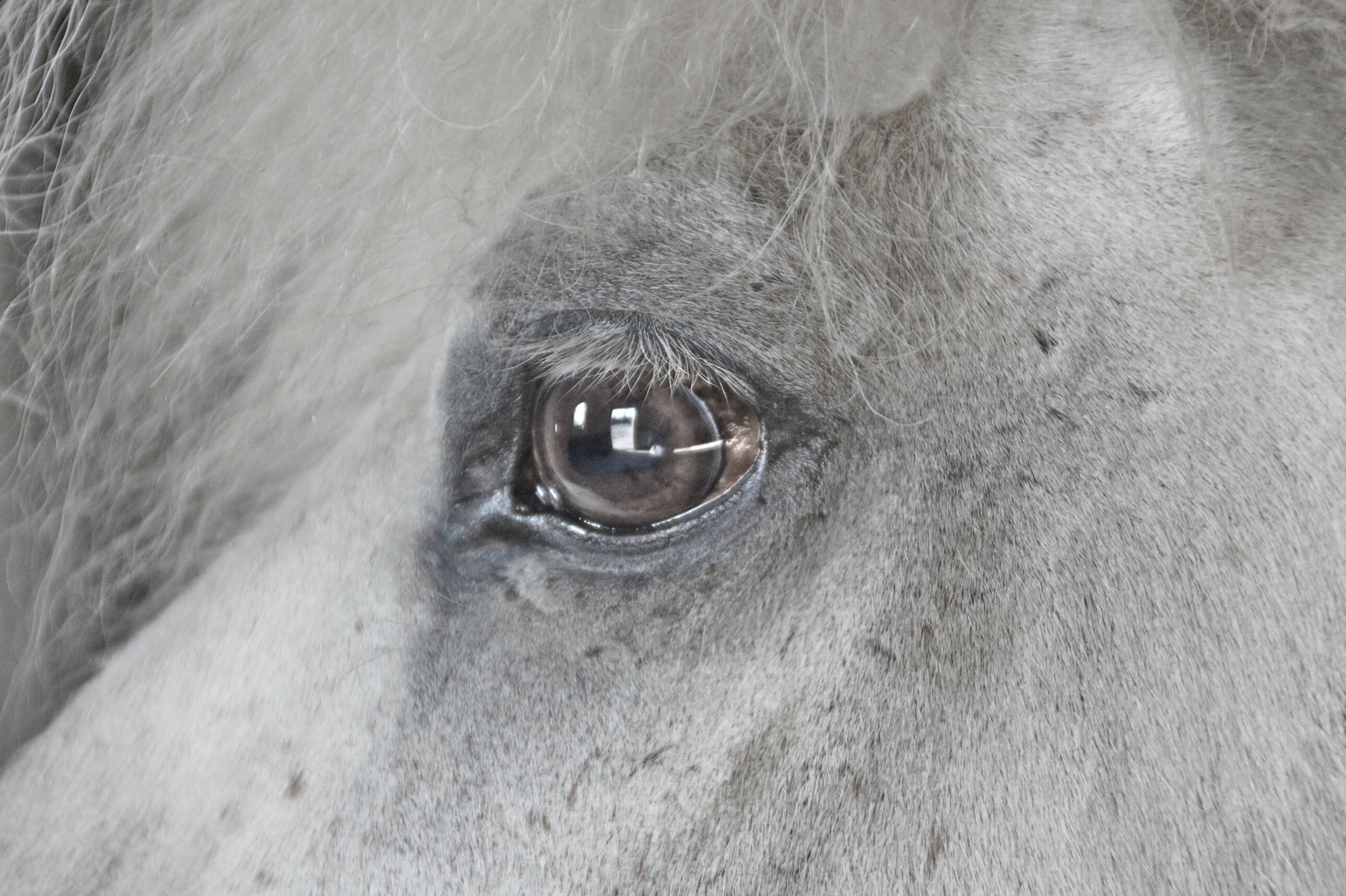

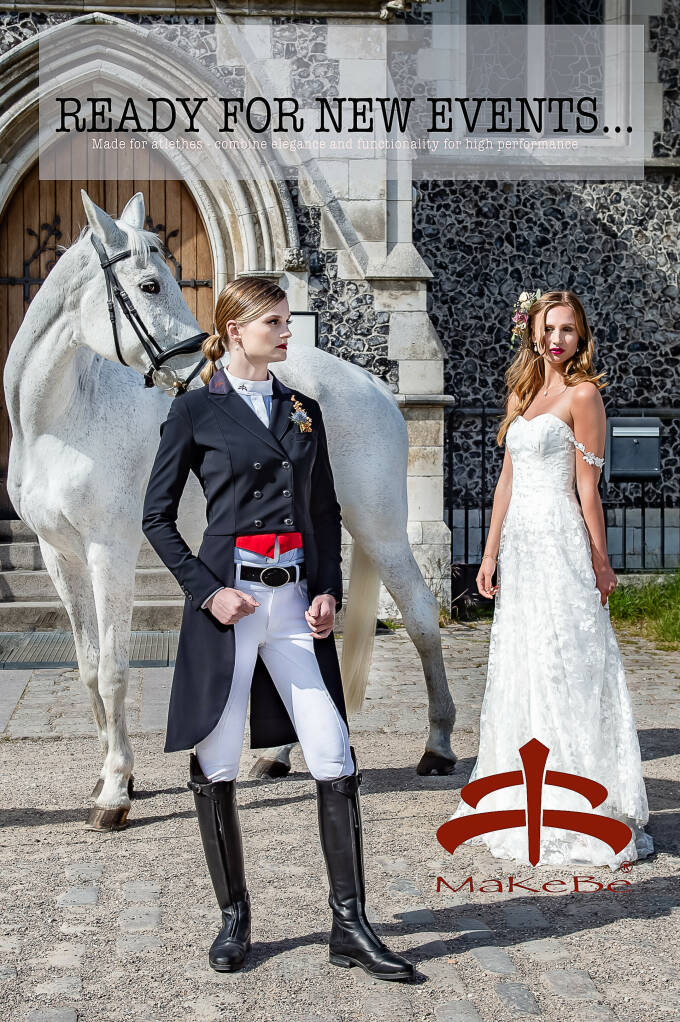
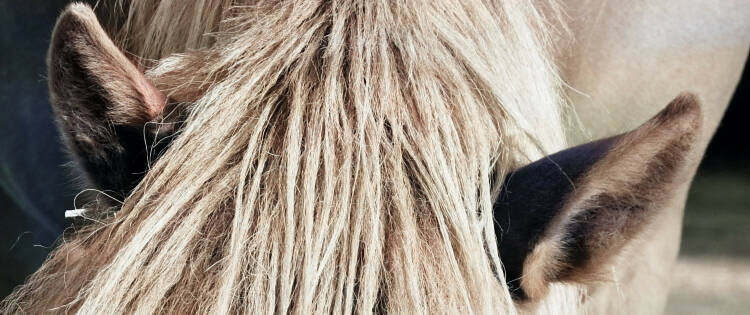
Horses and music
There are few studies on what music does to horses, but perhaps music has a positive effect on horses, just as it does on other animal species. Classical music has been shown to increase milk production in cows, and studies have shown that acoustic guitar has a calming effect on racehorses. Some music can be calming in stressful situations, such as during long commutes - perhaps because it muffles other loud sounds that seem stressful.
What can we do?
Based on how much we use horses in our spare time, Maria Rørvang believes that there is a need for more knowledge about the horse's sensory abilities. It has been proven that the horse’s breed and genetics also play a role in relation to the horse's sensitivity, just as horses also have a high degree of individual personality and temperament. Thus Maria Rørvang also underlines that; "The horse's senses have a decisive influence on the horse's performance, how it is affected by environmental disturbances, and how sensitive they are to their surroundings."
We need to get better at considering what we do in everyday life and whether there is anything we can change in our dealings with the horse: Should we avoid too much light or noise in the stable? Should we avoid deodorant when we are with the horse? Perhaps we should let the horses smell each other’s manure when introducing a new horse? Maybe there are other things we need to consider for our horse to feel as good as possible? No two horses are the same, so it requires that you know your horse well - but that is also the charm of working with horses.
The next time your horse spooks, try to consider what it is the horse perceives that you have overlooked? Has it seen anything before you've even spotted it? Is it maybe a sound you cannot hear or a smell you cannot smell yourself? Maybe your horse is scared for a good reason because it perceives things differently from us?
“Knowledge about the horse's senses is a matter of welfare and safety, and it impacts all our interactions with the horses,” Maria Rørvang concludes.
Foals are sensitive
Foals are very susceptible to impressions, and if you want the foal to recognize a particular person better, you should refrain from using deodorant and perfume. The foal learns to associate our smell with a positive experience, and the scent helps calm the foal and be more comfortable dealing with a particular person.

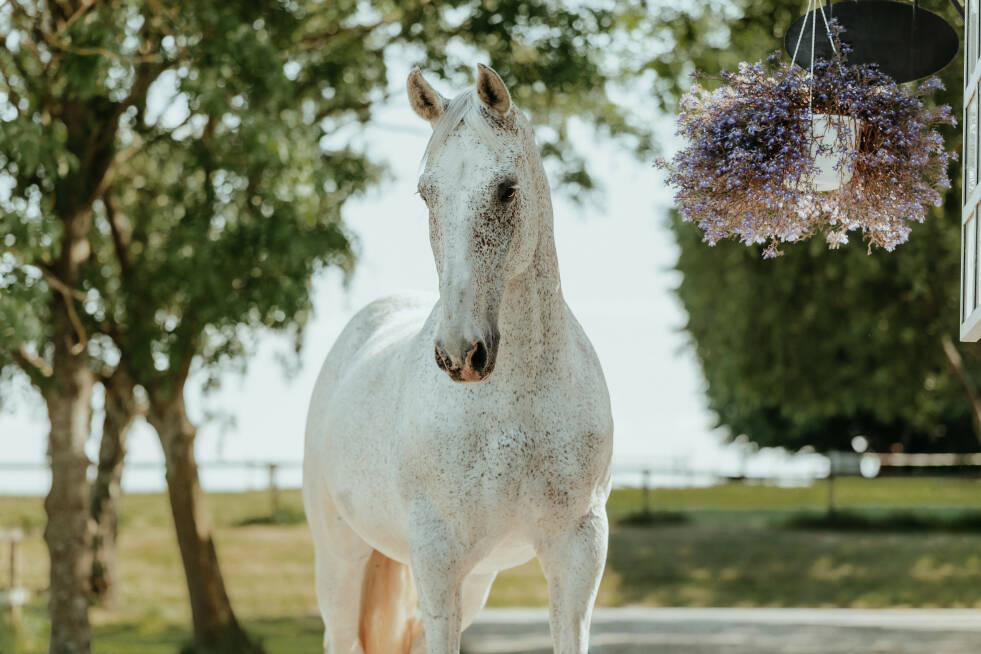
The sense of taste
The horse's sense of taste is closely related to the importance of smell, but we do not yet know whether horses can associate scents and flavors in the same way as humans. Horses can (just like humans) taste the flavors; sweet, sour, salty, and bitter - but all other senses of taste come from the sense of smell. Like other grass-eaters, horses have a very individual reaction to a unique taste, Maria Rørvang states. Horses are very selective about where they graze because they have a wide range of flavors available, and they carefully select what type of grass they want to eat. This feeling is often lost when the horses are stabled. In general, the taste affects the horse's acceptance of the feed, impacting the time it takes to consume the food. Still, when you compare the taste, smell, and nutritional content, nutrition is the decisive factor in the horse's preferred choice of diet.
Touch
The skin is the largest organ on the horse and thus also the largest sensory organ. The entire surface of the horse's body is a sensory organ with feeling. This is important to keep in mind, and Maria Rørvang underlines, "When we interact with horses, we use touch, encoded in all our dealings with horses." Whether we train from the ground or ride, we always touch the horse. We ride it and put a saddle on it, and we expect the horse to get used to pressure from the girth - while at the same time being sensitive to pressure from our legs in almost the same area. The sensibility is exceptionally high in the horse’s face, particularly around the eyes, lips, nostrils, and mouth. Therefore, the horses can be more sensitive to pressure from the reins than from our legs or be more sensitive when using a tight noseband. Maria Rørvang also highlights, “Many equestrians have learned that we must tighten the noseband if the horse is difficult to control, but there is a limit. If we keep tightening, we close the horse’s mouth and prevent the horse’s natural behavior.”
Using tactile stimulation can be positive or negative; Maria Rørvang states, "Most horses love to be rubbed, and foals, particularly, like to be touched. Scratching can be the way to do it. Touch is a great reward for the horse.” If you want to use touch as a reward and want it to be perceived positively, you must be aware of the individual horse's preferences about where it likes to be scratched. Massage can also have a distinctly good effect on horses and help reduce stress. But keep in mind that the horse’s sensitivity varies according to where on the body it is.
Like many mammals, horses have sensory hair around their muzzle, but few studies have examined their role. The hairs are counted as sensory organs and act as small antennae. The horse's eyes are located on the side of the head, and horses cannot see what is right in front of them – therefore, the sensory hairs help to "see.”
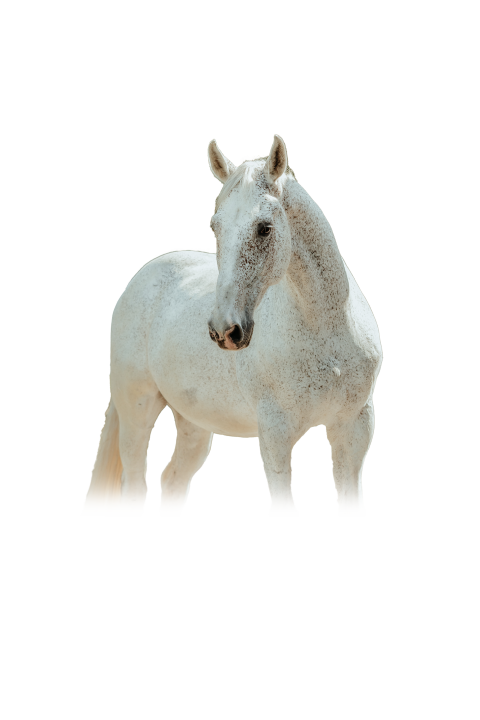
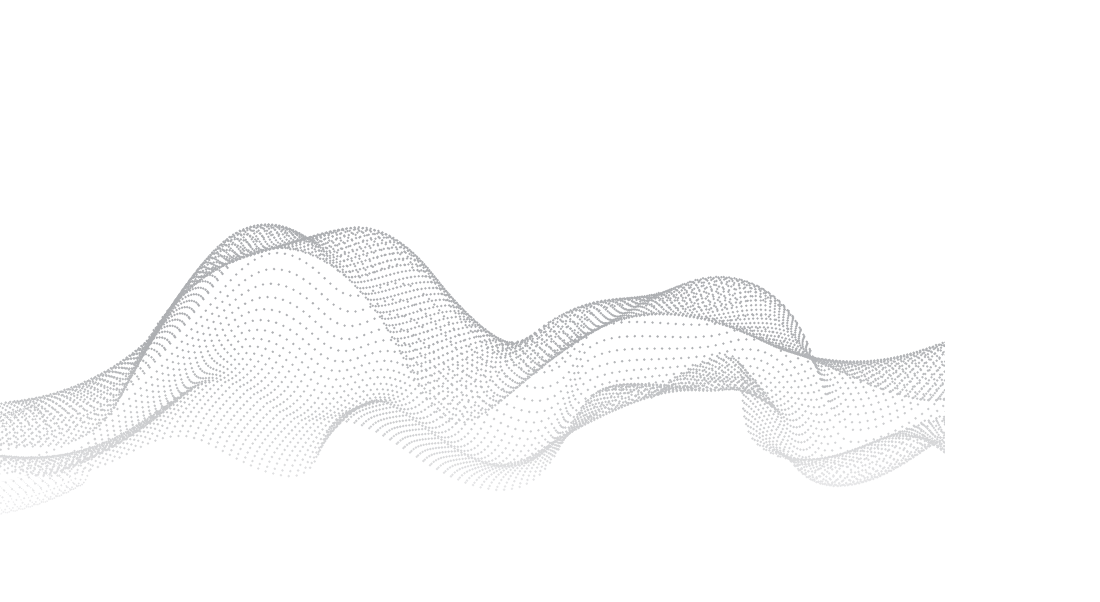
Sense of smell
The horses’ large lungs can hold much air, and as their nostrils sit on both sides of their head, they can pick up scent molecules from both sides. Only a few studies have examined the horse's sense of smell, primarily focused on reproduction and social recognition. Horses have an extra organ for the sense of smell, and there are many indications that the horse uses the sense of smell to recognize each other by the smell of their manure, Maria Rørvang explains. The horse can use this ability to assess how it should react to other horses in the herd. Therefore, if you have to introduce a new horse to your herd, Maria Rørvang recommends that you let the horses sniff each other's manure before letting them out together.
Although stallions are good at differentiating the smell of mares, research suggests that they cannot smell if the mares are in heat; there are other behavioral signs, which are much more evident, Maria Rørvang explains.
The horse's sense of smell can also influence the horse’s emotions, as the horse's olfactory organ is connected to brain areas associated with social and emotional behavior. Researchers have surprisingly discovered that the horse's organ of smell sits just below the hair whorl in the horse's forehead, and it is believed that the sense of smell impacts the horse's memory, behavior, and learning. Perhaps there is still some truth in the old stories that the whirl affects the horse's behavior, Maria Rørvang adds.
Horses can distinguish between scents
During her research, Maria Rørvang, along with a larger group of scientists, studied the horse's ability to distinguish between different scents. In the study, 35 Icelandic horses were presented with four different scent samples containing; peppermint, orange, lavender, and cedar tree. The researchers observed each horse's response, which varied quite a lot. It varied between; licking, biting or backing away from the scent sample. Young horses and foals smelled the cedar tree for longer than the old horses, and pregnant mares smelled the lavender for a shorter time than mares that were not pregnant. The interest in the different scents varied with the horse’s age and gestation, while the sex of the horse had no meaning.
The result showed that the scents seemed to impact all the horses and that they could perceive and distinguish between the four different fragrances. Especially in the peppermint sample, the horses showed more interest than in lavender and cedar. Several of the horses tried to lick the sample, indicating that the horse can associate a scent with a taste.
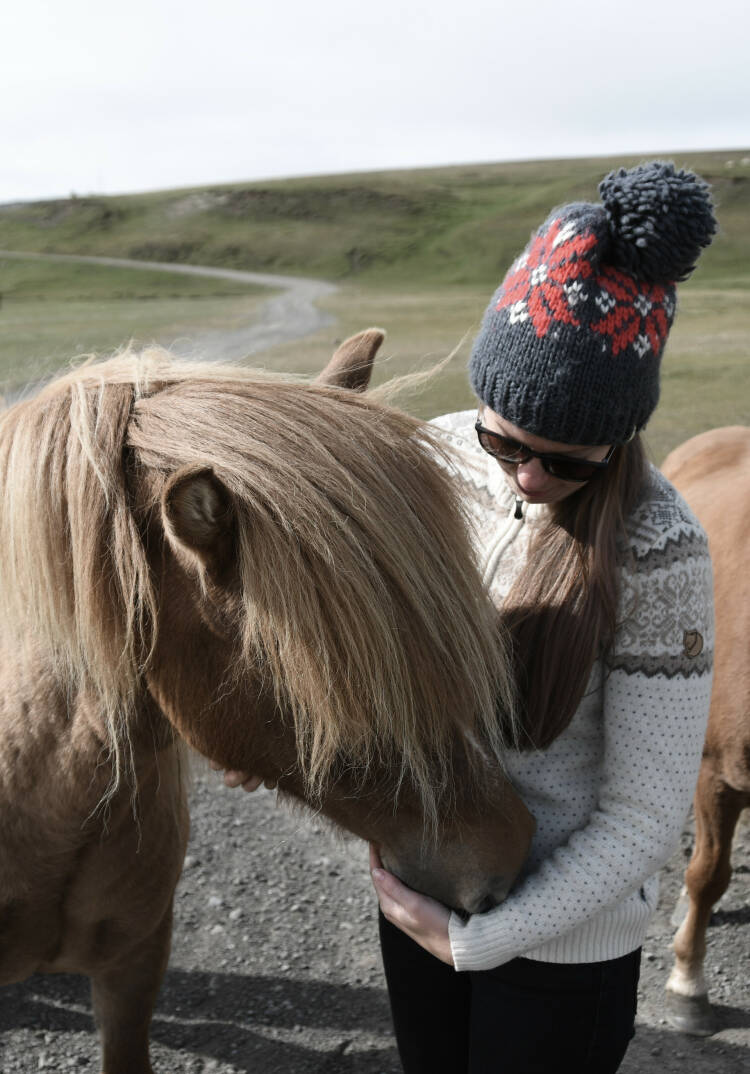
Hearing
The horse's hearing is far more sensitive than that of humans. A horse has large ears that can move all the way around and help pick up sounds from all directions. The horse's ears work in close interaction with the eyes, and usually, when the ears point forward, their eyes also focus in that same direction. However, a horse also has the ability to listen and look in two different directions at the same time. A horse is not particularly good at perceiving exactly where the sound is coming from but good enough to know which way to run.
Maria Rørvang explains that horses' sensitive hearing can pick up sound frequencies of 55 to 33,500 hertz compared to 30 to 19,000 hertz in humans. Because of this, she underlines, "Horses can hear loud noises that we cannot perceive. They cannot hear deep tones, and they may not be able to hear if you speak in a low pitch. On the contrary, the horse can react if it hears unfamiliar sounds that we cannot hear."
Noises
Noise can be explained as loud or disturbing sounds. If there is constant noise, it can, according to Maria Rørvang, cause stress and behavioral changes. We know what we humans perceive as noise - but we do not know what horses perceive as noise. A sudden shrill sound can make the horse tense and stressed. Thunderstorms or fireworks can frighten a horse, especially if it is in a stable or a small paddock, where it cannot escape from the terrifying sounds.
To this, Maria Rørvang points out that what we often describe as problem behavior in the horse might be caused by the fact that the horse is hearing things that we do not;
"Studies have shown that the horse can recognize a person based on the voice, even if it cannot see the person. This suggests that the horse uses multiple senses together - both the hearing and the sense of sight. Horses may also use their sense of smell for recognition, but this is something that has not yet been proven.”

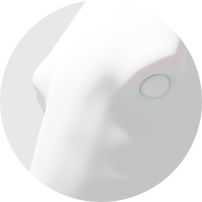
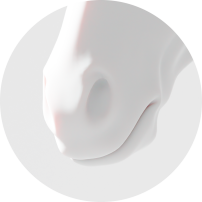
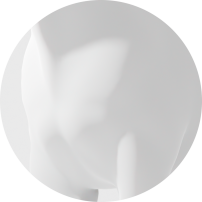
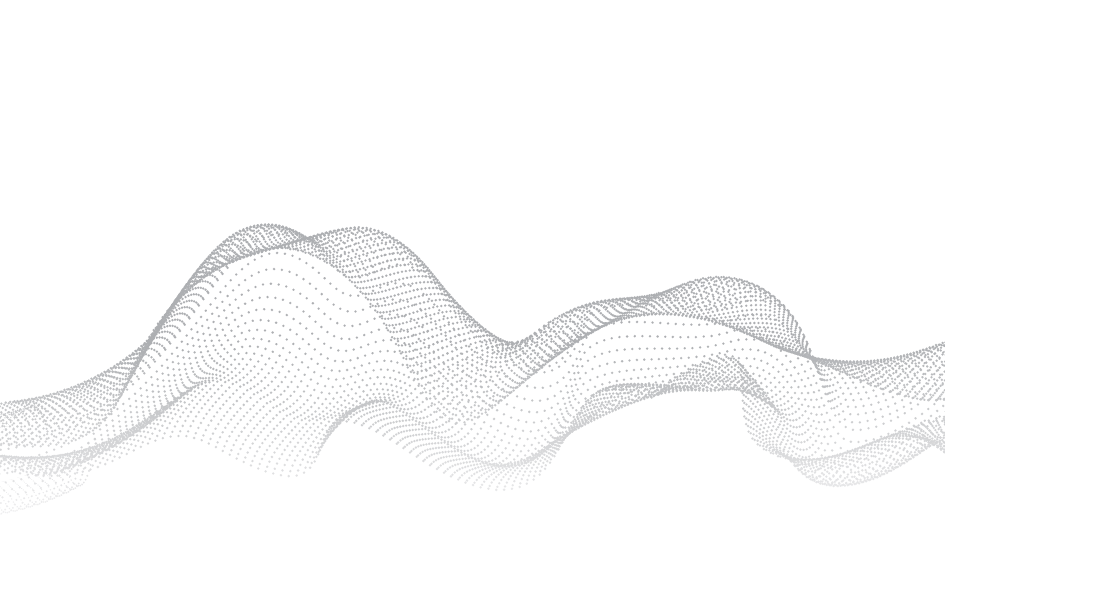
Horses are often described as sentient and sensitive, but studies about the horse's senses are very sparse. According to Maria Villain Rørvang, MSc. Ph.D. in equine behavior from the Swedish University of Agriculture, the research is primarily focused on sight and hearing. At the same time, the horse's ability to smell and feel has only been studied very sparingly. In collaboration with two other researchers, Maria Rørvang has investigated more than 180 studies to understand what we know - and more precisely, what we do not know about how horses perceive the world.
The senses affect the behavior.
"The horse's ability to sense influences behavior and well-being and it is important to consider this when planning how we approach the training,” says Maria Rørvang. She continues to explain, "When the horse perceives its surroundings differently than us humans do, it can contribute to the fact that the horse's behavior might not match what we humans expect from the horse.”
There can be two primary advantages of gaining more knowledge about the horse's senses. It can help understand the horse and thus reduce the risk of dangerous situations occurring. But it can also tap into untapped potential by using the horse's senses in many practical cases where humans interact with horses.
"In light of the increased focus on the horse's welfare, the horse's senses form the basis for all our interaction with the horse," Maria Rørvang explains. The horse's five senses - sight, hearing, sense of smell, taste, and touch - are all essential for a horse’s survival and how the horse gets information about its surroundings. Maria further underlines the fact that horses sense differently than us. We should keep this in mind; "Us humans basically think that horses can do the same thing as us, and there are also areas that overlap - but in most areas, we perceive things completely differently. Therefore, it is crucial to understand the importance of the horse's senses and that we are aware of the difference between horses and humans," she explains.
The sight of the horses
The horse's eyes are one of the largest among mammals, and their eyes sit on either side of their head. The horse's pupils can dilate, which gives them an excellent ability to see in the darkness. The horse has a panoramic view, which allows it to look around itself while it can only sparsely look ahead of itself.
"Horses are developed to scan the horizon and always react to the slightest change. However, they cannot see details, which may explain why they react so easily to potentially dangerous things that suddenly appear," Maria Rørvang explains. The position of the horse’s head and neck affects the horse's ability to see, and therefore, a horse usually has to either lift, lower, or turn its head to focus on something. However, research has shown that horses can move their eyes and, in this way, compensate for the head posture - even when ridden in a 90-degree position. This exact fact is crucial to include in the debate about the horse's head position in dressage classes; Maria Rørvang believes; "If the horse is ridden in a position less than 90 degrees, the horse's field of view will no longer be parallel to the ground, which will ultimately limit the horse's vision", she explains. Maria Rørvang continues and says, "Horses who jump, on the other hand, often have more freedom to choose the preferred position of their head to handle the obstacles in the best possible ways. But their limited frontal vision can be one of the reasons why the horses sometimes fail at obstacles that are placed close to each other.”
In addition to this, it is beneficial to acknowledge that horses have an impaired ability to distinguish between different colors, especially red and green, in the same way as colorblind people. Therefore, Maria Rørvang explains, "You have to be aware of this when choosing colors for jumps, as the jumps do not look the same for the horse as for the rider.”
Text: Merete Haahr // Photo: Maria Rørvang // Source: Maria Rørvang et al.: Sensory Abilities of Horses and Their Importance for Equitation Science (2020), and an interview with Maria Rørvang.
